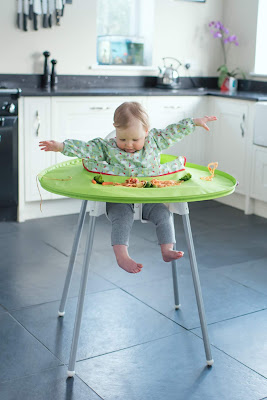The 2019 World Cup tournament in France will long live in the memory, not just for fans of England’s Lionesses, but for a generation of young women inspired to put their boots on.
Since its inception in 1991, the Women’s World Cup has consistently acted as a catalyst for development within Women’s Football, and this year it has catapulted the sport onto a new and exciting level.
Could anyone have predicted at the beginning of the competition, a few weeks ago, the impact it would have?
The semi final between England Lionesses, and eventual winners, the USA, is to date, the most watched UK television programme of the year - a staggering 11.7 million viewers tuned in to watch the game on July 2.
 |
| Lionesses and Manager Phil Neville |
Figures from the US for the final on Sunday 7 July were close to 15 million, overhauling the Men’s World Cup, in 2018 by three million viewers.
Four of the England team are Liverpool-born, and in their honour, murals have been colourfully etched on to walls around the city area, on Bold Street, London Road, Constance Street and Prenton Park in Birkenhead.
Social media has been a starting block for the artists to showcase their work, other players have also received their own homages in Manchester and London; as public support for the team reached a level never seen before, ahead of the tournament kick off.
This is just one instance of how the women in this year’s World Cup have left an imprint on artists and in turn, on the public that frequent these areas.
The BBC has also risen to the occasion, giving Women’s World Cup matches more air time. They have recently announced they will continue their legacy project of showing Women’s Super League games on UK television alongside their popular ‘The Women’s Football Show’.
Barclays have also agreed a ground breaking sponsorship deal with the WSL, as Women’s Football continues its meteoric rise. In the past month, France has pushed the game to the forefront of attention across the globe – with everyone involved in the game now eager to carry the torch forward.
Twitter has also launched a ‘Women in Football’ emoji, along with a hashtag to support the ‘What If’ campaign. The Women in Football project has developed UK football from grassroots level to the WSL. The 2019-20 season promises even more support for their work, as fans, players and clubs look to drive the sport on, and prevent a dip in participation in the years to come.
Football as a game needs pioneers and individuals that are determined to push the boundaries both on and off the pitch.
2019 has provided many heroes, including Megan Rapinoe, who stepped up and delivered, and refused to have her principles compromised.
Rapinoe, has won admirers on the field as she drove the US onto glory, scoring in every knockout game, while also challenging the President of the United States, with her sincerity and unwillingness to be cowed or bullied by a backlash of social media reaction with her refusal to visit the White House.
 |
| Megan Rapinoe: U.S Women's Football Team |
Ironically, in 1921 there were roughly 150 women’s teams in England, which was largely a result of WWI. But by December 1921, the Footballs Association decided to ban women’s football, rendering it as
“quite unsuitable for females and ought not to be encouraged". The ban was eventually lifted 50 years later, in 1971, and now nearly 100 years later, women are showing their support and love of the game in huge crowds once again.
Female players have consistently had to go the extra mile to break down barriers of discrimination and negative stereotypes to be taken seriously in a once considered, male dominated sport.
But the tide is turning and with Women’s Football at a real turning point, the tournament in 2023 will be the strongest indication yet of where the global game is for women.
- Written by Aimee Owens
















